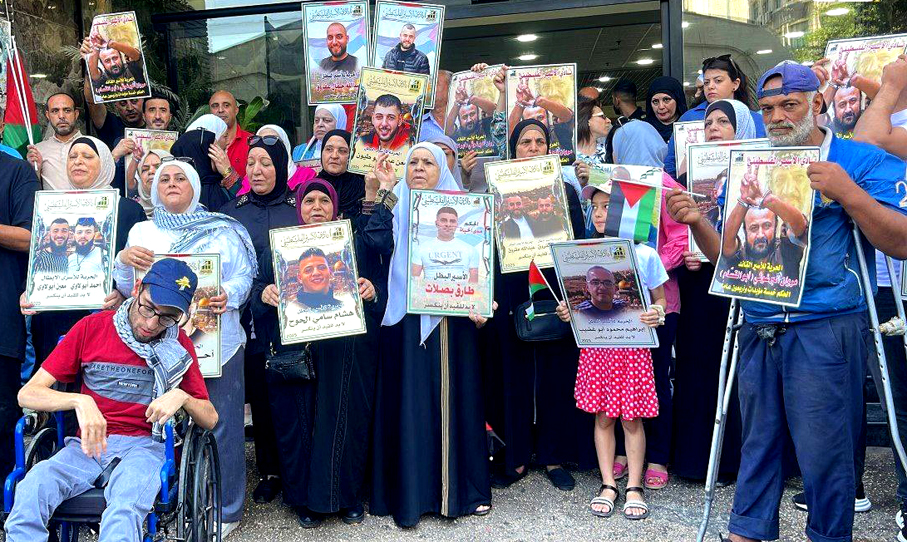HAMAS said ‘the lists of prisoners required to be released’ as part of a ceasefire agreement were exchanged yesterday in Egypt.
Taher al-Nunu, who is part of the Hamas delegation in Sharm el-Sheikh, was quoted in a statement published by the group as saying that the mediators are ‘making great efforts to remove any obstacles to the steps to implement the ceasefire, and a spirit of optimism prevails among all’.
‘Negotiations focused on the mechanisms for implementing the end of the war, the withdrawal of the occupation forces from the Gaza Strip, and the exchange of prisoners,’ al-Nunu said.
‘The lists of prisoners required to be released were exchanged today according to the agreed-upon criteria and numbers. Indirect negotiations continue today with the participation of all parties and mediators,’ he added.
A delegation from Palestinian Islamic Jihad was announced as due to arrive in Egypt last night to participate in the indirect negotiations in Sharm el-Sheikh between Israel and Hamas, according to a PIJ statement.
PIJ is currently holding Israeli captives. It is the smaller of the two main Palestinian groups in the Gaza Strip.
The Gaza General Directorate of Civil Defence revealed that Israeli occupation forces (IOF) continue to target residential neighbourhoods in Gaza City with booby-trapped vehicles loaded with large amounts of explosives, despite US President Donald Trump’s call to halt the bombing of the Strip.
In a press statement on Wednesday, the directorate said that the IOF uses around ten booby-trapped vehicles daily to blow up homes and residential blocks in the Al-Nasr, Sheikh Radwan, and Al-Daraj neighbourhoods, in addition to heavy use in Tel Al-Hawa and Al-Sabra, all neighbourhoods in Gaza City.
It explained that these explosions cause complete destruction within a radius of at least 300 metres, with damage extending beyond 500 metres, while shrapnel reaches distances exceeding one kilometre, leading to severe injuries among civilians, including displaced persons and patients inside hospitals.
The Civil Defence noted that the explosions have reached deep into Gaza City, less than 200 metres from the vital Al-Thalatheeni Street, directly targeting civilian areas and infrastructure with no regard for the presence of civilians.
The directorate stressed that the IOF use of such methods ‘constitutes a dangerous precedent in the history of modern warfare and a blatant violation of international laws prohibiting attacks on civilians.’
